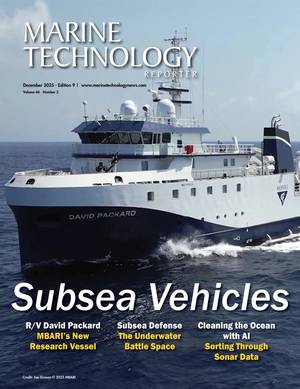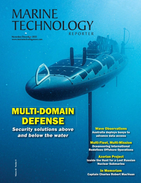Study Examines DCS Avoidance in Diving Mammals
A new study at Woods Hole Oceanographic Institute sheds light on the management of decompression stress in diving mammals. Most people, divers and non-divers alike know or have at least heard of “the bends”. The pressure related ailment that all divers need to contend with. Dive plans are carefully thought out to avoid this issue entirely. If a diver dives to a deeper depth and does not allow sufficient “off gassing” time between dives or ascends at a rate greater than the suggested 60 feet per minute, decompression sickness can be the result. There are also many contributing factors to DCS in humans, such as age, weight and alcohol consumption among others.
But how do marine mammals manage to avoid DCS? The Marine Mammal Center at WHOI, headed by biologist Michael Moore is studying this following last years three-day workshop where the worlds experts convened to discuss the issues of how mammals manage gas under pressure. The workshop resulted in a paper, “Deadly diving? Physiological and behavioral management of decompression stress in diving mammals,” which was published Dec. 21, 2011, online in the Proceedings of the Royal Society B.
A necropsy of beaked whales that stranded on the Canary Islands in 2002 were reported to have shown damage from gas bubbles. There had been sonar testing conducted by the Navy nearby. The animals stranded themselves following exposure to these exercises. This has led scientists to believe that the animals are managing the nitrogen load and their blood nitrogen loads have a greater degree of variation. At WHOI, scientists have used a CT scanner to examine marine mammal cadavers at different pressures to better understand the behavior of gases in the lungs and “get some idea at what depth the anatomy is shut off from further pressure-kinetics issues,” Moore said. Scientists were also able to use portable veterinary ultra sound units to examine the animals. Research continues on diving mammals, diving behavior and circulatory adjustments made that contribute to bends avoidance. There’s still a lot to be learned, including whether live animals have circulating bubbles in their systems that they are managing. If they do, says Moore, noise impacts and other stressors that push the animal from a normal management situation to an abnormal situation become more of a concern.








 December 2025
December 2025



